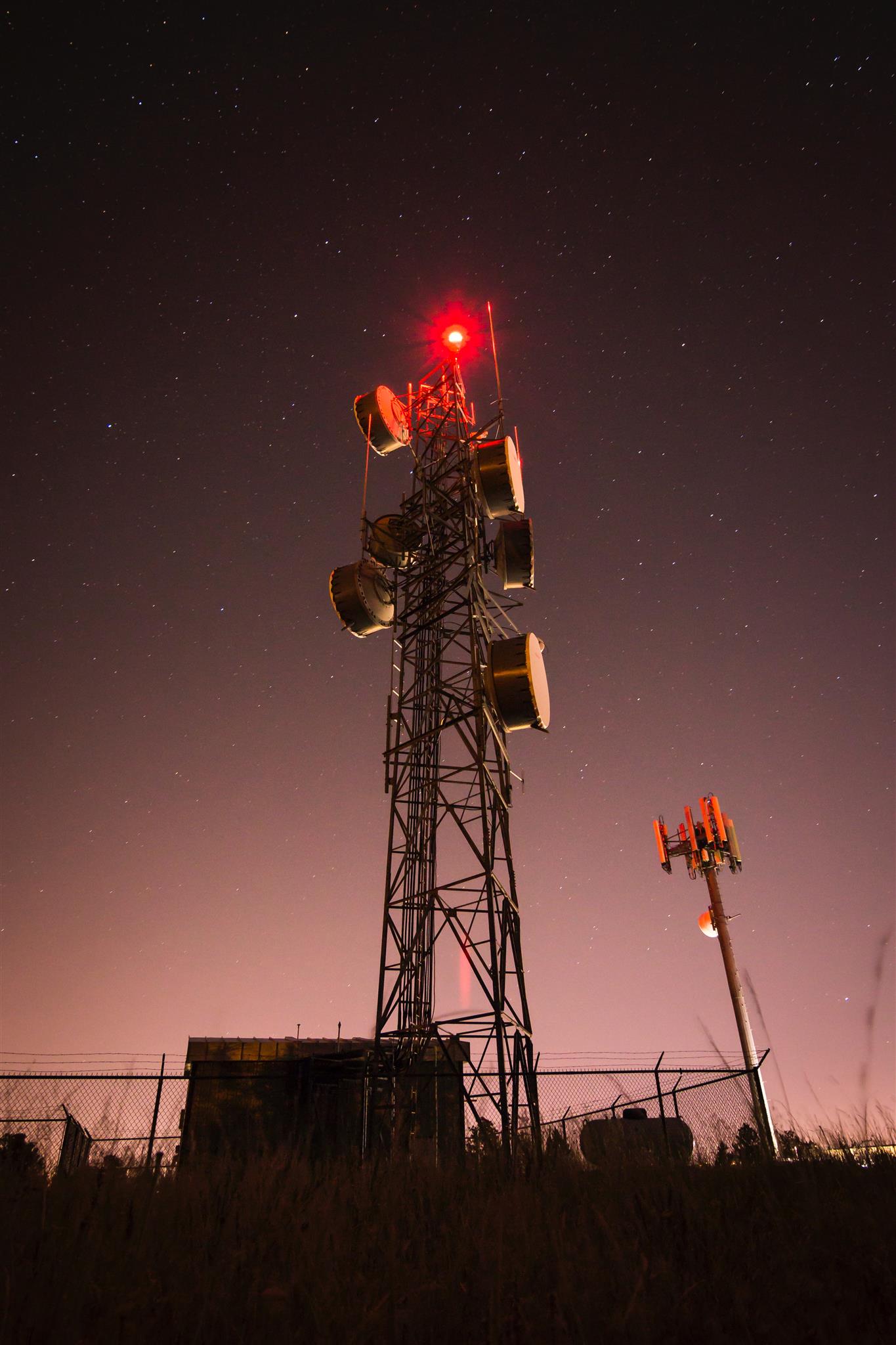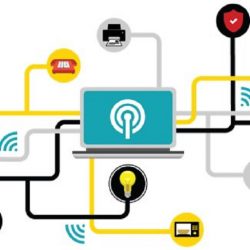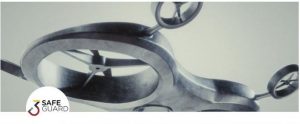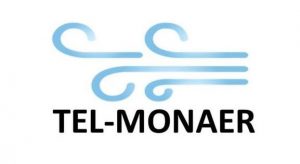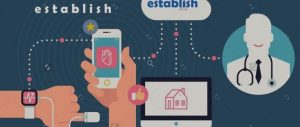
ESTABLISH – Environmental Sensing To Act for a Better quality of LIfe: Smart Health
Sensors are becoming abundant in our environment and have a huge potential for application in tailored, specific and even individualized services to improve the quality of life. However, smart adaptive services based on IoT technologies are still in their infancy, rendering their full potential untapped.
The objective of ESTABLISH is to convert environmental (sensor) data into actionable information for users to provide a healthier and safer environment thereby improving the quality of life. Smart adaptive services providing real-time feedback tailored to specific user and application needs will be developed by combining networked sensors and other data sources with adaptive models in a non-predefined manner. In this way, ESTABLISH closes the complete chain from the sensor to an application: collecting, enriching, interpretation, extrapolation, and feedback.
The main application scope of ESTABLISH is products, services, and solutions on an individual level utilizing environmental sensors (air quality, temperature) and combining the environmental input with other data sources, for example, personal wearable sensors, weather conditions etc. ESTABLISH will enable to go from monitoring the indoor and outdoor environment and traffic to managing the environmental conditions on a personal level and thus improving the quality of life, reducing health costs and supporting vulnerable groups such as the elderly or patients. In addition, the environmental conditions can be managed geographically, e.g. on a district or city level, by aggregating the personal data.
The technological developments in ESTABLISH will lead to a wide range of new services and products that are all based on environmental sensors like an Optimized city and mobility planning, Developing smart HVAC systems that ensure a healthy indoor environment and Promoting independence of specific vulnerable groups. Thus ESTABLISH will create business opportunities for sensor manufacturers, service providers, software developers, health organizations, health insurance companies and HVAC manufacturers.
The main technological outcomes and major innovation of the ESTABLISH project will be
- Development of reliable alignment and deployment methods for self-awareness and self-adaptability tuned to the specifics of the sensor data collection domain, which relies on low-bandwidth networks of distributed and energy-constrained devices.
- The true application of prescriptive analytics – ESTABLISH demonstrators will collect extensive data from various sources including historical data.
- The design of data formats and protocols applicable to cloud management that will support information flow from highly heterogeneous types of sensors and that will enable the creation of a data platform for sharing all relevant (sensor) data.
- Meta-models will be defined that take sensors into account in the modeling of the Business Processes. Those models will be transformed into SaaS applications.
A multifaceted project like ESTABLISH needs a well-balanced consortium. The ESTABLISH consortium consists of partners from 9 countries. The consortium covers all the technical competencies to implement the proposal and also contains partners that ensure that the targeted market impact will be generated. The consortium is well-balanced with respect to industry (both SMEs and LEs) and knowledge institutes (RTOs and Universities).
